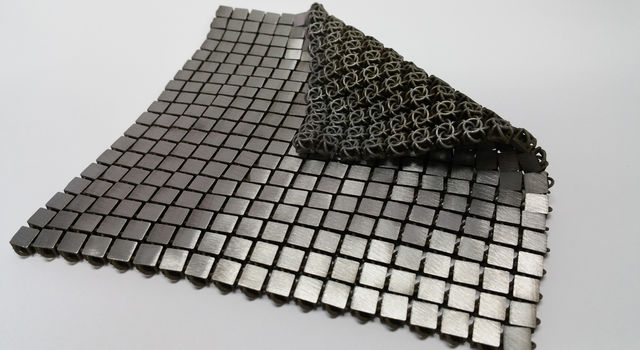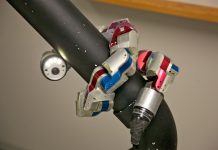Researchers from the University of Washington designed a smart fabric able to store data and function without the need of any electrical power source.
Ties, shirts and other clothing articles with the data-storage ability can still work after washing, ironing and being worn. The fabric could prove useful for storing keys, passcodes and such information.
The fabric exploits the inherent magnetic properties of off-the-shelf conductive threads, the team said to Science Daily.
Associate professor in UW claimed the design was completely free of electronics, being able to be washed or dried. “You can think of the fabric as a hard disk – you’re actually doing this data storage on the clothes you’re wearing,” Paul G. from Allen School said to Science Daily.
The inherent magnetic properties of the conductive thread were discovered by the UW team. Once making this discovery, the team went on to make modifications to the magnetic camps so that visual and digital data could be stored within the fabric.
“We are using something that already exists on a smartphone and uses almost no power, so the cost of reading this type of data is negligible,” said Gollakota about the use of the magnetic fabric.
According to the team of researchers reading the fabric could be done using magnetic-field measuring instruments like a magnetometer. This method of reading data poses an advantage since most smartphones pose an integrated magnetometer used for navigation.
UW’s team were experimenting with the fabric to assess it functioned. One of the experiments included sewing a small patch of the fabric to another shirt’s cuff and embedding the patch with a digital key to open a door. The team from the University of Washington then proceeded to wave the patched shirt in front of a lock controlled by a magnetometer and opened the door.
Many clothing articles could be found in the future using this type of data storage including belts, necklaces, ties, etc. Using a magnetometer or a smartphone people can read the data stored in one of these articles.
The strength of the magnetic signals diminishes by 30% during the course of a week. Yet, the fabric can be rewritten and remagnetized several times. Experiments lead by the team concluded the fabric retained data up to a temperature of 320º Fahrenheit.
Patterns in the fabric were made using conductive magnetic threads and sewed with regular sewing machines. Aligning the magnetic poles of the thread in specific directions allows data to be written into the fabric. Most digital data can be seen as ones and zeroes and can be done rubbing a magnet against the thread.



















